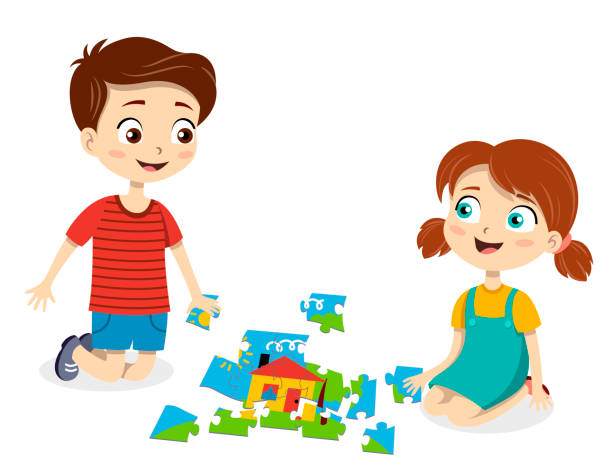
Traditional Card Games: Classic games played with a standard 52-card deck, such as Poker, Bridge, Rummy, and Solitaire.
Deck-Building Games: Games where players construct their own decks as part of the gameplay, like Dominion and Ascension.
Trading Card Games (TCGs): Collectible games where players build custom decks from purchased or traded cards, such as Magic: The Gathering and Pok�mon.
Party Games: Social and fun games designed for groups, such as Cards Against Humanity and Exploding Kittens.
Strategy Card Games: Games that involve tactical decision-making and resource management, like Race for the Galaxy and 7 Wonders.
2. Benefits and Developmental Impact
Cognitive Skills: Enhancing memory, pattern recognition, strategic thinking, and probability calculation through gameplay.
Social Skills: Encouraging interaction, cooperation, competition, and negotiation in multiplayer settings.
Emotional Regulation: Teaching patience, turn-taking, and how to handle both winning and losing gracefully.
3. Design and Features
Artwork and Theme: Engaging visuals and thematic elements that enhance the immersive experience of the game.
Component Quality: Durable and aesthetically pleasing cards, often with unique designs and high-quality printing.
Game Mechanics: Innovative and balanced mechanics that provide strategic depth and replayability.
4. Making and Manufacturing
Prototyping: Creating initial prototypes to test game balance, mechanics, and overall player enjoyment.
Material Selection: Choosing card stock that is durable, easy to shuffle, and resistant to wear and tear.
Production Techniques: Utilizing precision cutting, high-quality printing, and coating processes to ensure the cards are long-lasting and visually appealing.
5. Care and Maintenance
Storage Solutions: Keeping cards organized and protected with storage boxes, sleeves, and dividers.
Cleaning and Preservation: Using soft, dry cloths to clean cards and storing them in a cool, dry place to prevent warping or fading.
Handling: Encouraging gentle handling to prevent bending or marking the cards.
6. Market Trends and Consumer Preferences
Customization and Personalization: Popularity of custom card designs, personalized decks, and themed sets.
Digital Integration: Growing trend of card games available in digital formats, with online play and app-based versions.
Nostalgia and Collectibility: Demand for classic card games and collectible card sets among enthusiasts and collectors.
Eco-Friendly Options: Increasing interest in sustainable materials and environmentally friendly production methods.
7. Educational Outcomes and Engagement
Mathematical Skills: Games that incorporate arithmetic, probability, and logical reasoning to reinforce math skills.
Language Development: Card games that require reading, vocabulary building, and comprehension, enhancing language skills.
History and Culture: Games that explore historical events, cultural practices, and famous personalities through thematic content.
Conclusion
Card games offer a blend of entertainment, strategic challenge, and social interaction in a compact and portable format. With a wide variety of game types available, there is something to suit every age group, skill level, and interest. By choosing card games that align with players' preferences and developmental needs, individuals and families can enjoy engaging and meaningful play experiences. Whether playing classic favorites or exploring new and innovative designs, card games remain a timeless and valuable part of gaming culture.





